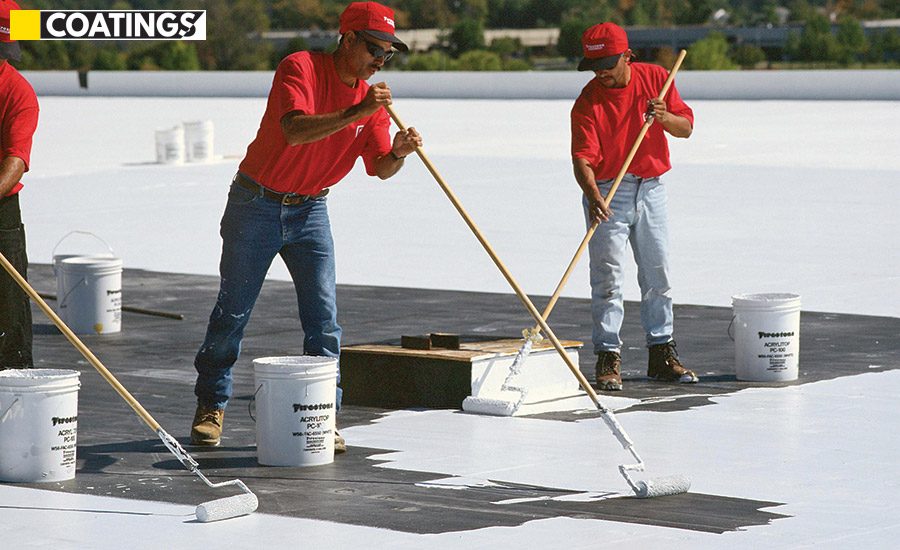Correct installation of a roof coating is only achieved when the selected product is installed over a properly prepared substrate with the correct equipment by a trained contractor. While each of these are equally important (product, preparation, equipment, contractor), the contractor is the key variable, and their training is paramount to the installation of a roof coating system. This becomes clear when one understands how a contractor’s level of skill and knowledge informs the decision-making process for the major aspects of a roof coating installation.
Proper Equipment Selection
Equipment selection is something fundamental that an installer with proper training will understand, and it is not as simple as knowing not to use a 10-millimeter socket on a ½-inch hex nut. Can a product be installed only with a roller or with spray equipment? If you’re using a roller, what nap roller is needed? Can the roller be reused? If you’re using spray equipment, which nozzle should you use, and at what pressure setting? Trained contractors are equipped with the knowledge to understand the correct answers to these questions.
Trained contractors will also be able to assess the roof geometry to determine which of the available methods are correct not just for the selected product, but for the roof itself. For example, a roof with limited access and a small footprint is probably better suited for a product that can be installed with rollers, while a wide-open warehouse with limited penetrations would be a good candidate for a spray application.
Environmental Influences
Since roofs are installed in uncontrollable environments, understanding the impact that the environment has on a coating system is another sign of proper training. A trained contractor will know what effects temperature and humidity will have on the product being installed. They will also know that it is not just the conditions at installation that are important, but the weather that will occur while the product cures, if any such period is needed.
Assessing Installed Product
Another sign of a properly trained contractor is their approach to assessing the installed product. Ensuring that the coverage rate is in line with the manufacturer’s published data and measuring the thickness of the installed coating (again, per manufacturer guidelines) are the two primary ways a trained contactor will evaluate the installation of the roof coating system. If the coverage rate or finished thickness does not align, trained installers will stop and assess what is causing the deviation. This quality control skill comes with training and ensures the product is installed as expected and will be able to function as anticipated.
Material Storage
While a majority of our focus on trained personnel has been regarding installation, one aspect of training that is often overlooked is the logistics of handling the material that is going to be installed. Manufacturers typically publish instructions for storing and moving their products prior to installation. Improperly stored products should not be installed until a discussion is had with the manufacturer about the product being able to still be installed and function as expected.
Installation Methods and Requirements
Installation methods and requirements are crucial. The sweet symphony of watching a properly trained installation crew can be somewhat mesmerizing. The point of application personnel work smoothly across the roof, swiftly working around penetrations. The supply team not only keeps the application personnel equipped with product, but their understanding of coverage rates helps them anticipate where on the roof more material will be needed and leads to proper staging of product.
Training: Where and How
Clearly, training is important. So where does a contractor go for such training? Many manufacturers offer personnel to train contractors and to be available as an on-site resource when a contractor wants to expand their knowledge of new equipment or install a new product. Additionally, as has been the tradition in the roofing industry, pairing inexperienced personnel with seasoned, trained colleagues continues to be a working model for knowledge transfer. While this in-house training works, it is necessary that intermittent checks with manufacturers’ published instructions as well as governing regulations be done to ensure everyone is fluent in current best practices.
Conclusion
The installation and maintenance of a roof coating system, or any roofing system for that matter, is a large investment of time and money that is rarely undertaken without serious consideration. When such an investment is being made, a contractor with the proper product expertise is critical to the successful installation of the roof coating system. As we have explained, training is more than just knowing how to install the product — it is a comprehensive understanding of the entire process from start to finish.





Report Abusive Comment